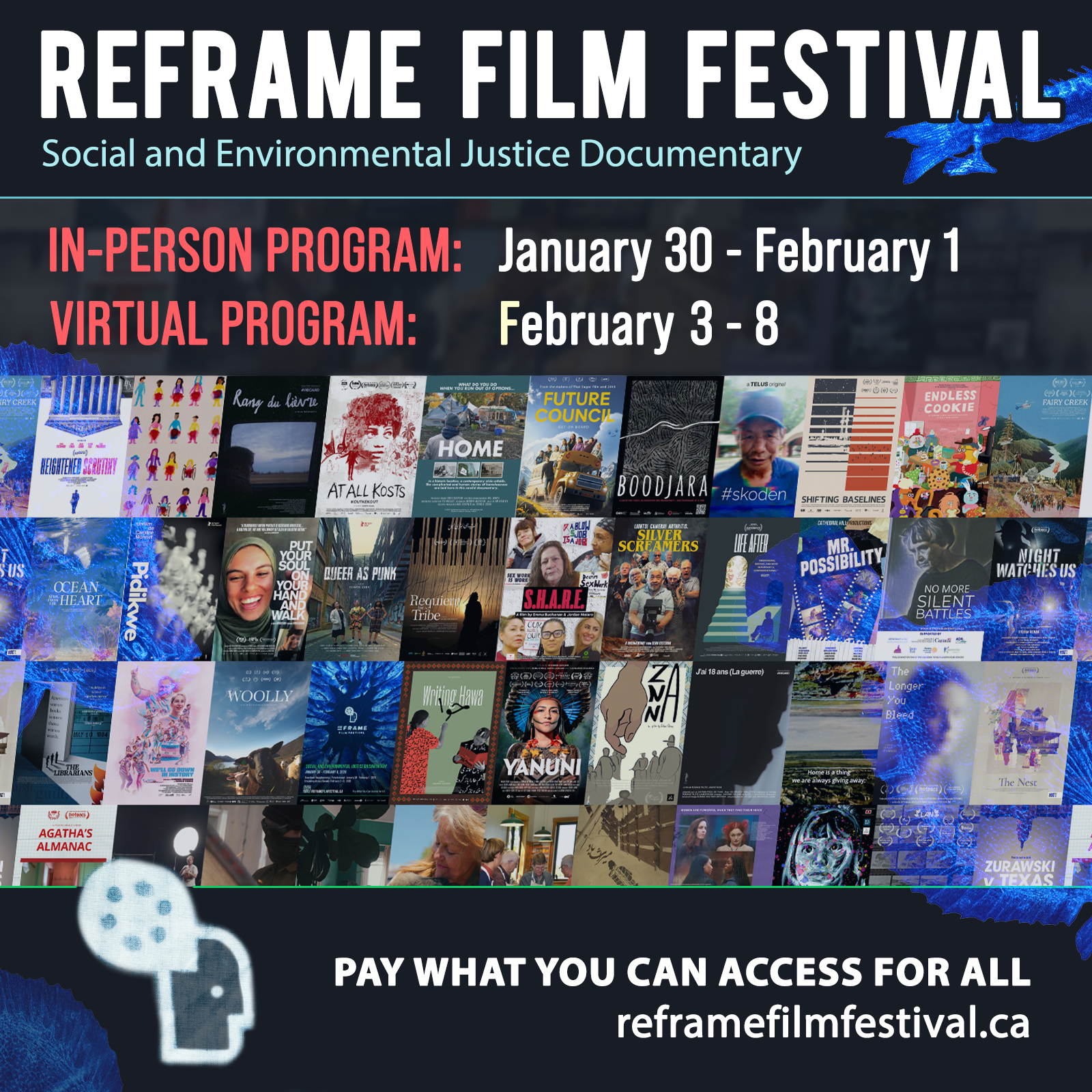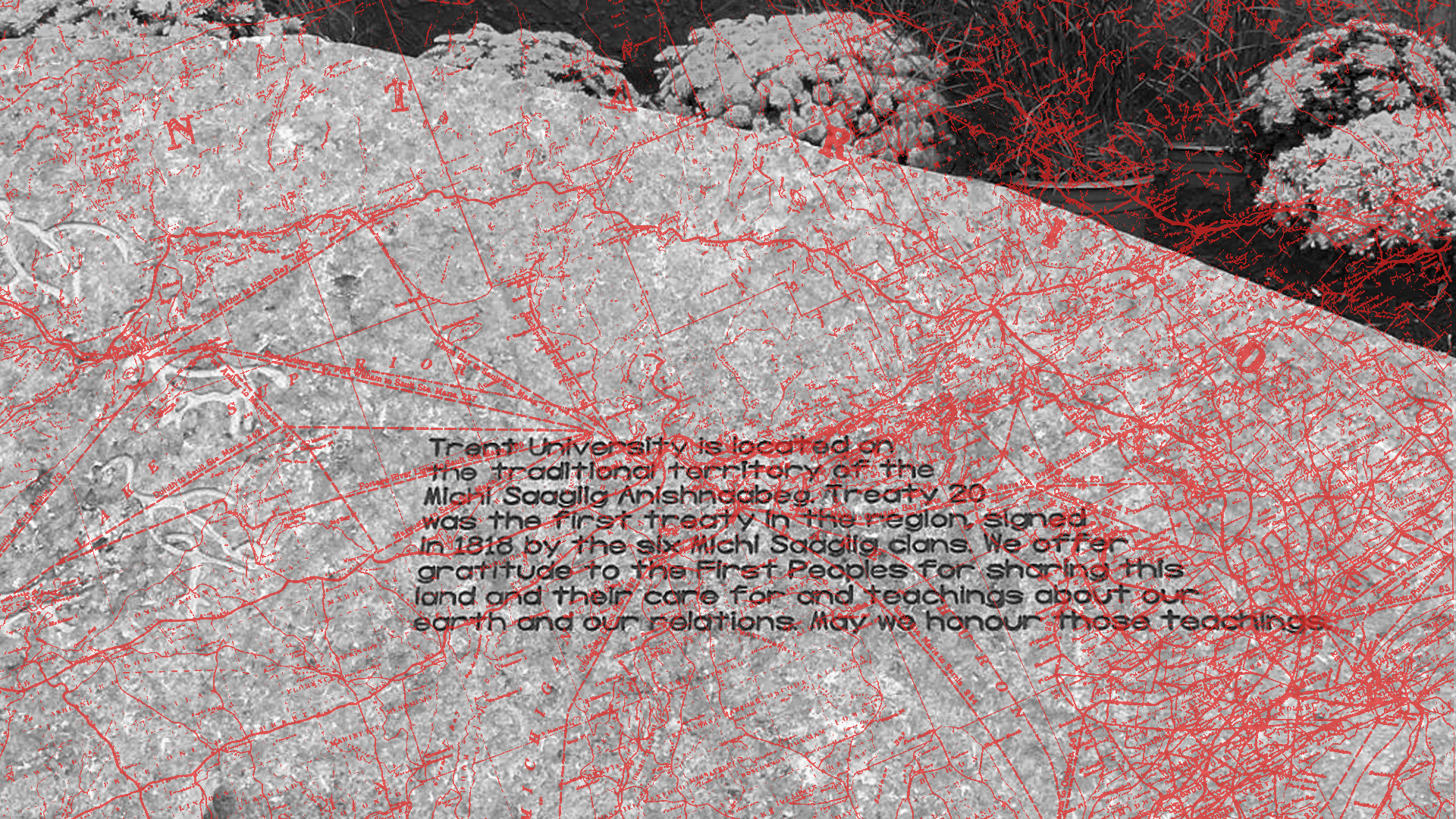Trent’s Community-based Research Centre (TCRC) connects students with Peterborough-Nogowinanong community organizations to collaborate on research projects. This year, Arthur Newspaper teamed up with the TCRC to find an answer to the following research question: Can forensic sciences be used to prevent sexual assaults in the LGBTQIA2S+ community? This will be the first article in a series of three that reports the findings of this study.
Forensic sciences may be broadly defined as the application of sciences to legal investigations. In this article, forensic sciences will refer to the forensic experts, practices, and knowledge that are employed in sexual assault cases.
The Trent University sexual violence prevention and response operations define a sexual assault as an assault that is sexual in nature, that violates the victim’s sexual integrity. It defines sexual violence as an act that is sexual in nature, or an act that targets a person’s sexuality, gender identity, or gender expression, that is committed, threatened, or attempted against a person without that person’s consent. The term sexual violence acts as an umbrella term for sexual assault, sexual harassment, stalking, stealthing, indecent exposure, voyeurism, and sexual exploitation.
The acronym LGBTQIA2S+ stands for Lesbian, Gay, Bisexual, Transgender, Queer, Intersex, Asexual, Two Spirit. The + sign sits at the end of the acronym to represent spectrums of sexual orientations or gender identities that are not listed in the acronym, and helps describe the acronym’s expansive meaning.
This research question is important to address because LGBTQIA2S+ folks tend to experience higher rates of sexual violence when compared to the cisgender-heterosexual community, yet less research is available on ways to prevent this violence. Many education-based sexual assault prevention initiatives are developed to be targeted towards heterosexual folks, and fail to consider the additional stressors faced by LGBTQIA2S+ folks.
While levels of sexual violence faced by individuals are ever-changing, the rates of sexual violence faced by the LGBTQIA2S+ community have consistently been higher than rates faced by the non-LGBTQIA2S+ community. These heightened rates may be a result of pro-abuser peer support, internalized homonegativity, minority stress, and a lack of positive LGBTQIA2S+ relationship representation. Pro-abuser peer support refers to one’s peers condoning the use of force or violence to obtain things like sex from a partner.
Internalized homonegativity refers to a person with same-sex attractions who experiences negative feelings about these attractions, which can lead to poor relationship quality and isolation from the LGBTQIA2S+ community. Minority stress occurs when a person who is of a minority status faces the need to change the way they conduct themselves in order to adapt to a hostile environment. Minority stress may lead to substance abuse, poor relationship quality, higher rates of domestic violence, and isolation. Positive ties and friendships in the LGBTQIA2S+ community can allow folks to seek support, voice concerns, and have positive role models. Without these, a person may be at a higher risk of victimization. Finally, the importance of positive LGBTQIA2S+ relationship representation is demonstrated when people who have same-sex relations don’t recognize that they are experiencing sexual violence because they are used to social scripts portraying women as victims of sexual violence perpetrated by men.
So how does all of this pertain to forensic sciences? Forensics tend to take a reactive approach to solving crime. This means that forensic scientists arrive at a crime scene after the crime has taken place to collect, process, and analyze evidence. While forensic sciences are not conventionally used to prevent crimes before they happen, they have been useful in the past by identifying patterns in crime scenes which allow law enforcement professionals to make predictions and anticipate future crimes. Additionally, forensics can serve as a deterrent if perpetrators refrain from committing crimes because they believe that they have a higher chance of being caught through forensic evidence.
This project aims to explore whether or not forensic sciences can be applied in a precise way to prevent sexual assaults in the LGBTQIA2S+ community.
There currently exists literature on the present role of forensics sciences in sexual assault cases, current sexual assault prevention initiatives, and on why the LGBTQIA2S+ community is more likely to experience sexual violence. However, there is no literature that looks into the specific role that forensic sciences could play in the prevention of sexual assaults in the LGBTQIA2S+ community.
This gap in literature solidifies the need for researched to determine whether the field of forensics can possibly contribute to the reduction of sexual violence or if prevention is completely outside of its scope.
This series of articles is intended to communicate the findings of this study with the Peterborough-Nogowinanong community, without sensationalizing the results.


.png)

.jpg)





.jpg)

.jpg)









.png)